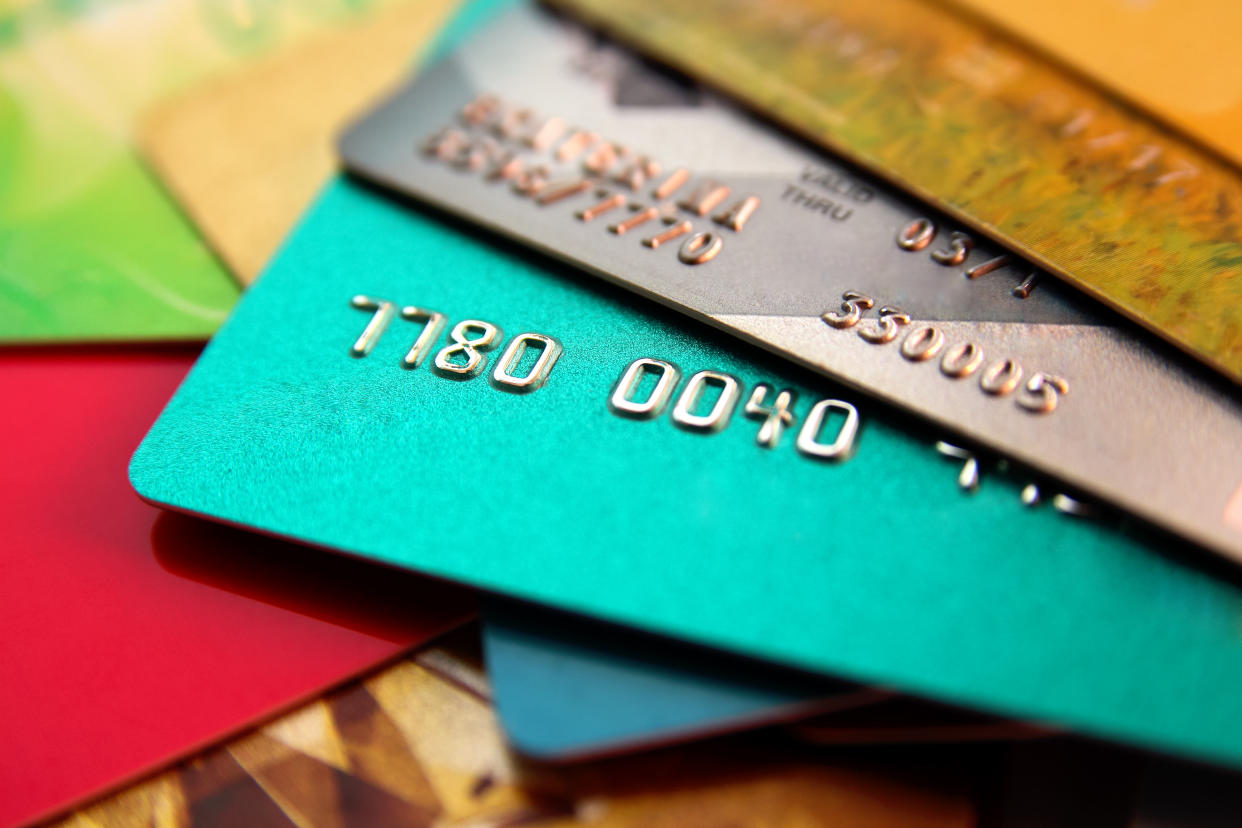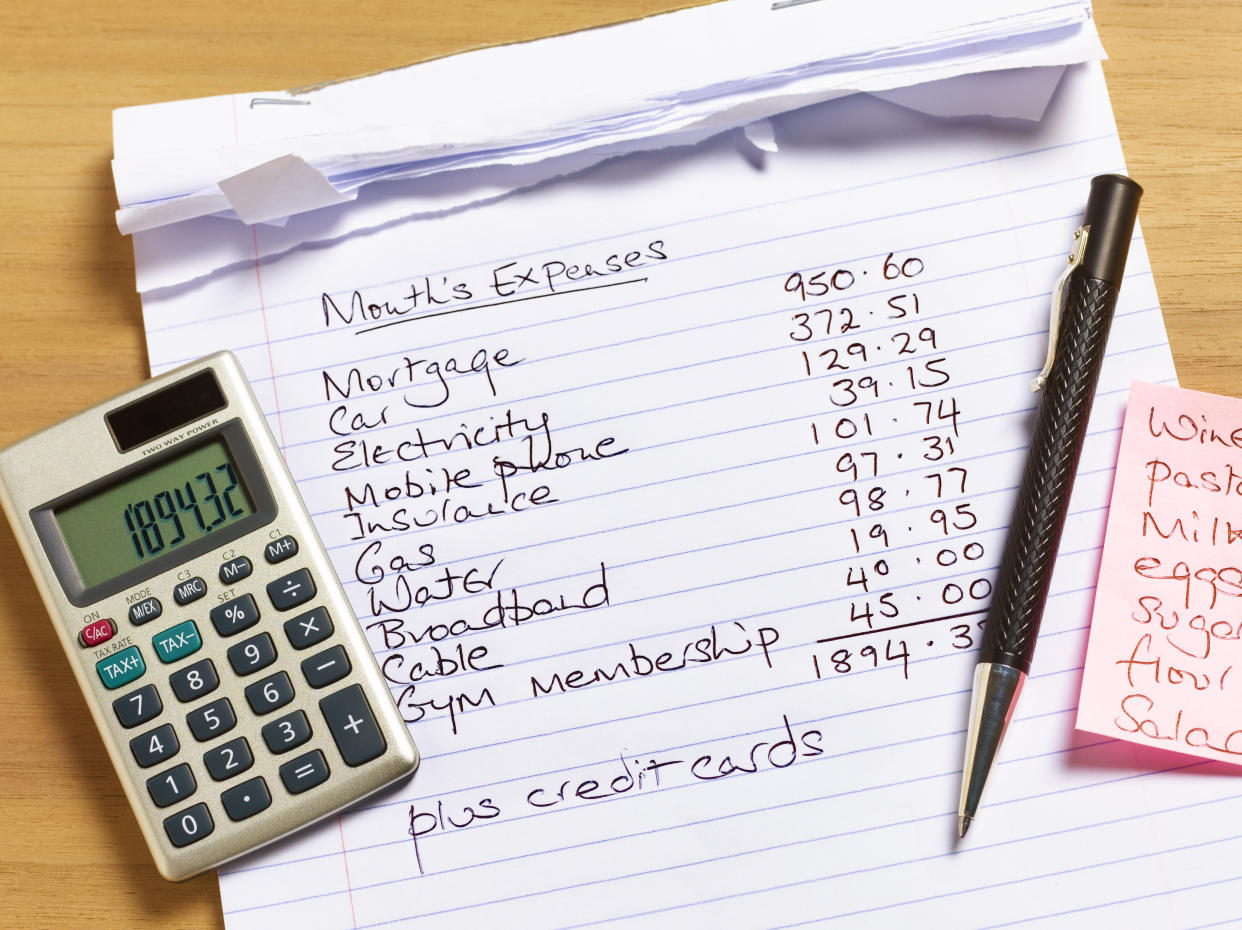Credit card APRs are set to 'blow past' all-time highs
The Federal Reserve’s move this week may have dire ramifications for people who carry balances on their credit cards from month to month.
The central bank gassed up its benchmark interest rate another three-quarters of a point — the fourth time it has done so this year. That, in turn, will trigger credit card interest rate hikes, which typically go hand in hand with Fed increases.
“Most credit cardholders should see the Fed rate hike passed through to their rate within a statement cycle or two,” Ted Rossman, senior industry analyst at Bankrate.com told Yahoo Money.
Credit card debt has never been pretty. But this is particularly bleak. The average variable credit card rate is now 18.77%, the highest since February of 1993, according to Rossman.
“It will soon blow past the all-time record of 19.00% set in July 1991,” he said. At the start of the year, the average credit card charged 16.30%.
Consider this: The average credit card balance is $5,270 according to TransUnion. Factoring in this week’s hike, if you make minimum payments at 19.52% APR, that will keep you in debt for 197 months and cost $7,128 in interest.
“Every quarter-point increase equates to about $100 in additional interest over the life of your minimum payments,” Rossman said.
Credit card debt carried month to month is the most common type of debt held by 42% of adults age 30 and over, according to a new report by AARP. The survey of 4,817 adults ages 30+ was conducted by NORC at the University of Chicago.
And 1 in 3 adults aged 30 and older said their financial situation is worse than it was a year ago. Other findings: The average amount of credit card debt carried by those surveyed was just over $7,100, with 42% of those chalking up their credit card debt to everyday expenses.
“It is the debt that consumers say they are most worried about (37%),” Gary Koenig, vice president of financial security at AARP, told Yahoo Money. “With interest rates on credit cards rising, I would expect to see this number rising too in the months ahead. It is a very difficult situation for many consumers.”
Paying down credit card debt is non-negotiable as rates soar. The interest is as much as five times higher than other products such as mortgages, car loans, and student loans.
One way to get started is to sign up for a 0% balance transfer card, if you qualify.
“These allow you to move your existing high-cost credit card debt over to a new card with a 0% promotional rate lasting as long as 21 months,” Rossman said. “There’s a 3-5% transfer fee, but that long interest-free period is well worth it.”
Make a budget to understand what income you have coming in and what you owe your creditors, then create a realistic payment plan to slash away at your outstanding balance.
Alternatives also include a low-rate personal loan, perhaps as low as about 6% over five years if you have strong credit, Rossman said.
Automating your monthly payments from your checking account for recurring bills and paying more than the minimum can provide steady progress.
A nonprofit credit counselor may also be able to negotiate with your credit card issuers to give you a break on rates, but you will pay a fee for the service. The Justice Department website provides a list of approved credit counseling agencies.
Kerry is a Senior Columnist and Senior Reporter at Yahoo Money. Follow her on Twitter @kerryhannon
Read the latest personal finance trends and news from Yahoo Money.
Follow Yahoo Finance on Twitter, Instagram, YouTube, Facebook, Flipboard, and LinkedIn.
Source: Read Full Article

